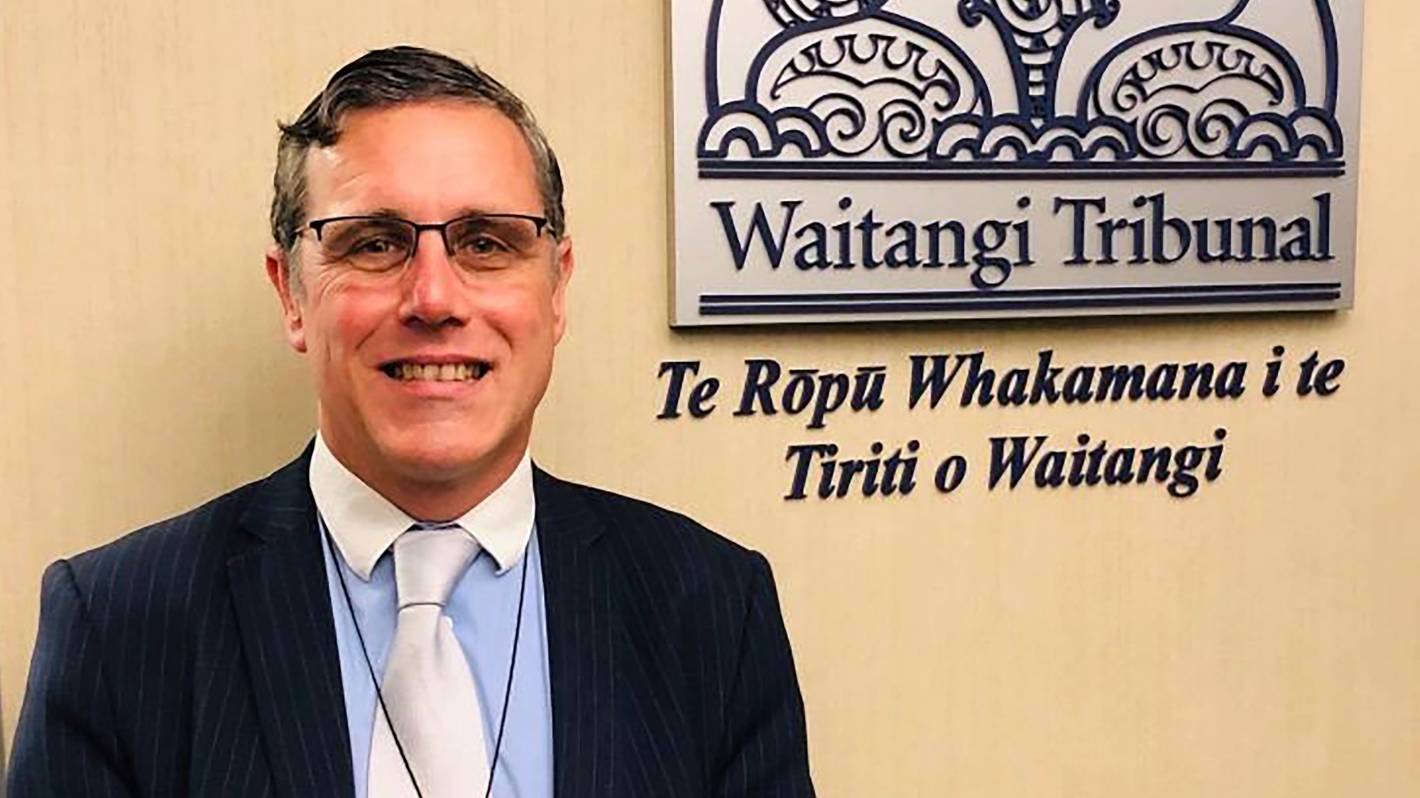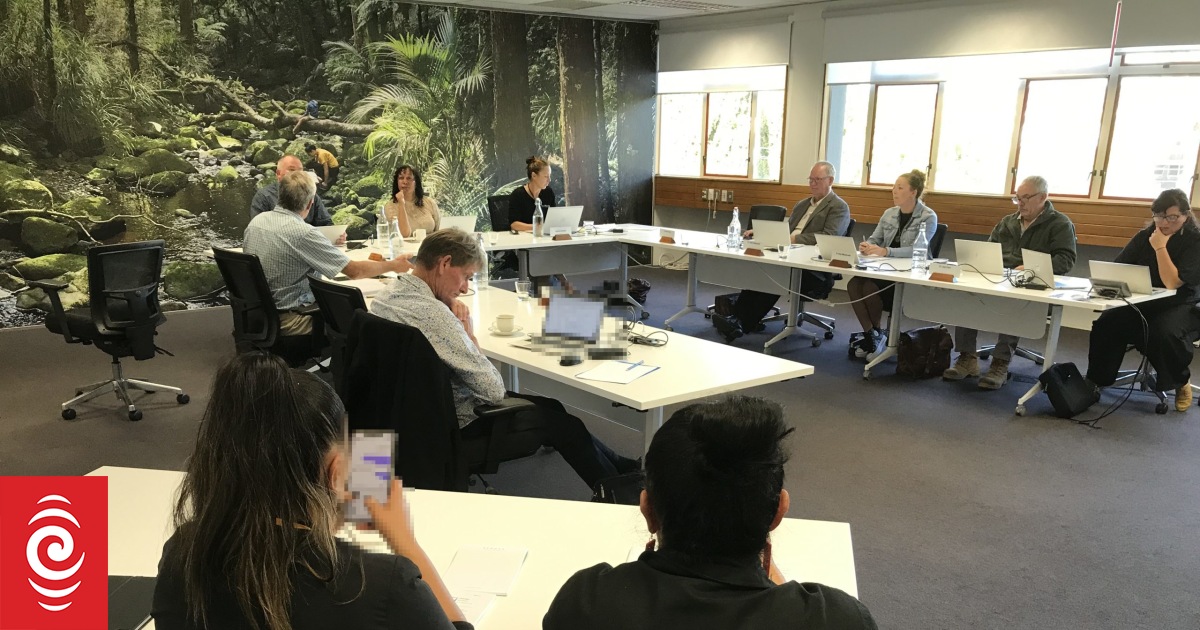A rare Charles Frederick Goldie painting depicting a Ngāpuhi chieftainess is going under the hammer in Australia, but a Māori rights expert has warned of the impact of the sale on the subject’s descendants.
Reverie: Ena te Papatahi, a Ngapuhi Chieftainess (Ina Te Papatahi, Ngāpuhi), was completed in 1916 and depicts Te Papatahi seated upon a paepae (carved threshold) at the front of a wharenui (meeting house).
Te Papatahi was an expert on tukutuku panels and weaving, and was the niece of Tāmati Wāka Nene, one of Aotearoa’s most influential rangatira (a Māori chief or noble).
It is valued at up to AUD $1.5 million (NZ$1.61m) and is being auctioned by Smith & Singer in Sydney in May.
READ MORE:
* ‘A real beauty’: Gottfried Lindauer painting set to break auction record
* Artist Ben Pearce unveils new 4 Plinths sculptures in Wellington
* Top Māori baby names don’t have to be Māori words
After being painted by Goldie in Auckland, the artwork went to a private collection in the United Kingdom and then to Sydney art dealer Denis Savill.
These days, legislation exists which would likely prohibit the export of such a painting as a protected object, but those laws only came into effect in 1976. Objects held outside of New Zealand are not covered by the Protected Objects Act.
Once artworks like Reverie come back to New Zealand, they “tend to stay here”, said Ben Plumbly, director of art at the Art+Object auction house. It was a “pretty superb” example of artwork made in a period regarded as Goldie’s finest, before he started to lose his sight.
In the painting, Te Papatahi and her moko kauae are carefully detailed by the New Zealand-born, French-trained Goldie, who is regarded as one of the most important Kiwi artists of the late 19th and early 20th centuries.
Goldie is known for his documentation of Māori, and painted Te Papatahi nearly 20 times over a 14-year period.
Karaitiana Taiuru/Supplied
Māori advocate Dr Karaitiana Taiuru says the mauri of Te Papatahi would be embedded within the painting.
While it was legal to sell original photos and images of people, from a te ao Māori and indigenous perspective it was not acceptable, said Dr Karaitiana Taiuru, an academic and Māori rights expert.
Reverie was an original of an ancestor of whom there was likely no other original images, Taiuru said, adding it wasn’t clear what conditions or caveats were placed on Goldie to gain permission to paint Te Papatahi.
“History has many stories of Māori being misled about the intentions of taonga including photos and paintings by the creative, leading to Māori ancestors agreeing to partaking of photos and paintings, even of gifts,” Taiuru said.
It was hard to believe there were no commercial intentions or exploitations at the time the work was painted, Taiuru said.
Pre-colonial Māori tikanga/customs have a term called mauri, referring to the life force of a person or any natural object. In an original photo or painting of a person, the belief is that their mauri is part of the image.
“From a western perspective, imagine if a Māori person had some of the bones of one of your ancestors and then on sold them, this is the same with the original painting,” he said.
There was little regard for the feelings of Te Papatahi’s descendants in sales of works like this, Taiuru said.
Te Papa encouraged anybody selling portraits of Māori ancestors to talk to the descendants of the person portrayed, said Charlotte Davy, the museum’s head of art. “It’s just the right thing to do.”




